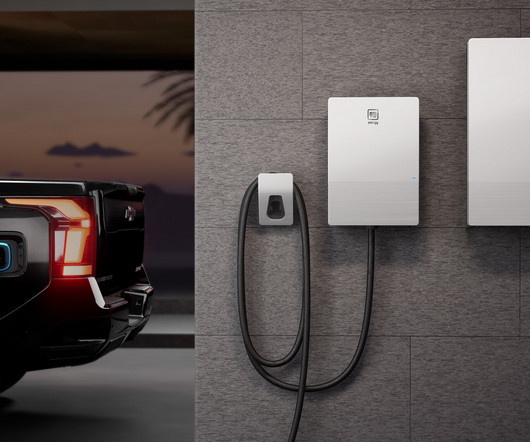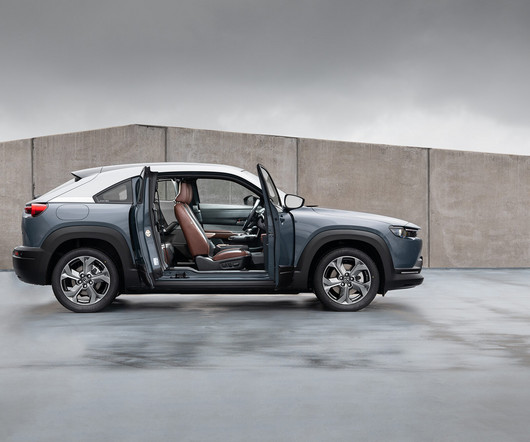You can power your home for 21 days with a Chevy Silverado EV and GM’s new bidirectional charger
Baua Electric
APRIL 18, 2024
Photo: GM Energy GM Energy just debuted vehicle-to-home (V2H) bidirectional EV chargers – here’s how GM’s EVs will keep the lights on. It consists of the GM Energy Powershift Charger at $1,699, and GM Energy V2H Enablement Kit at $5,600. Customers can purchase GM Energy’s V2H bundle through current GM mobile brand apps.












Let's personalize your content